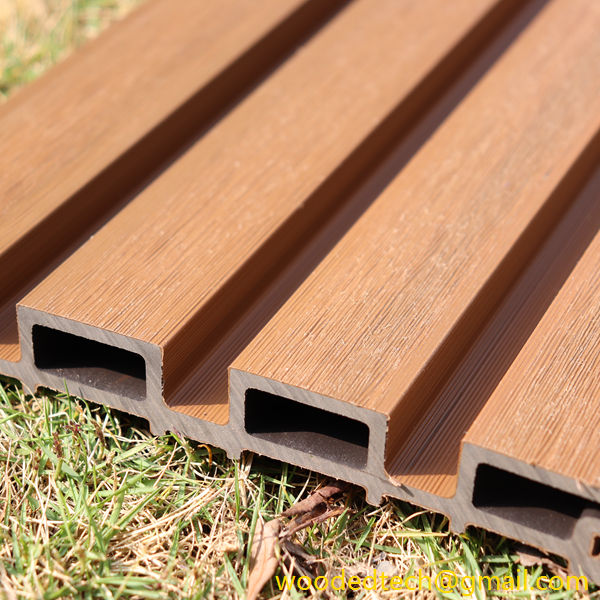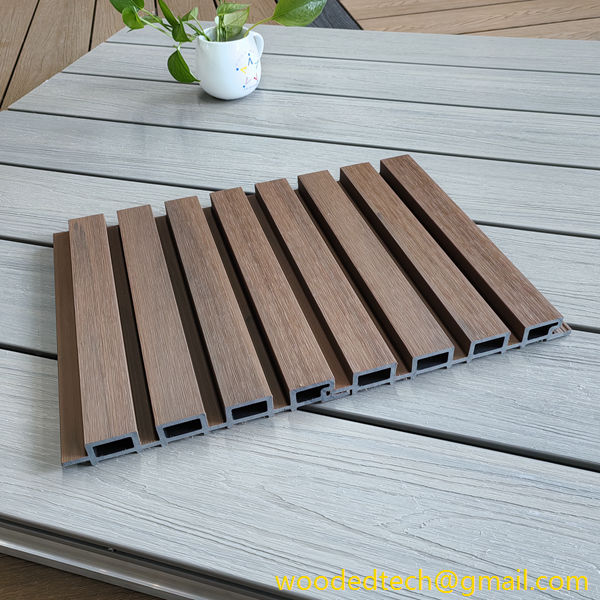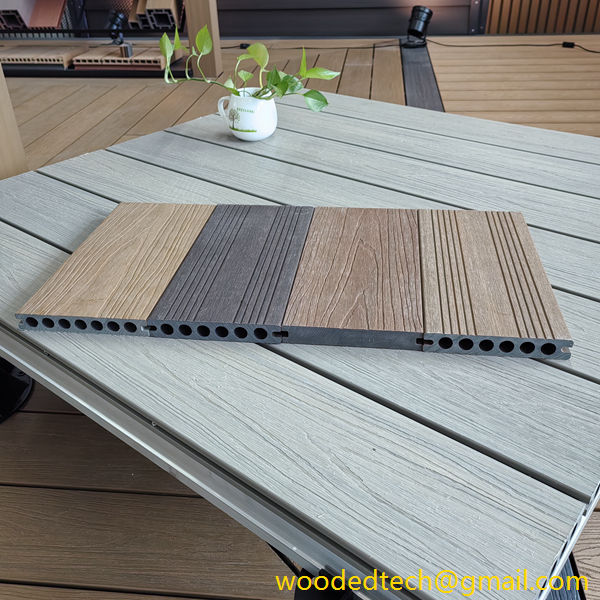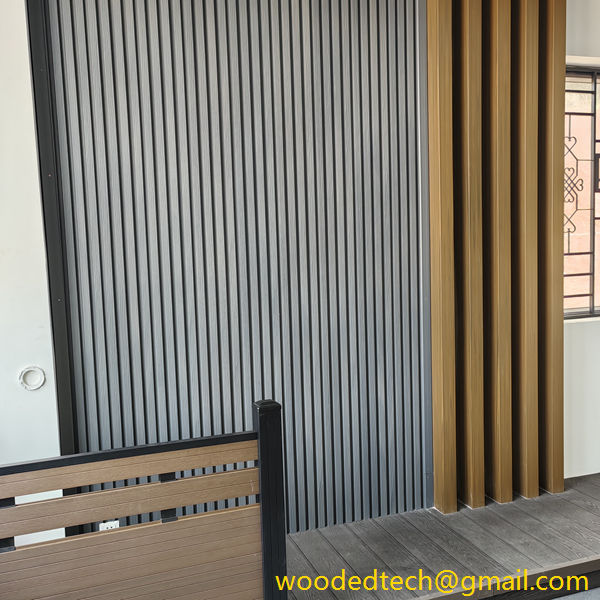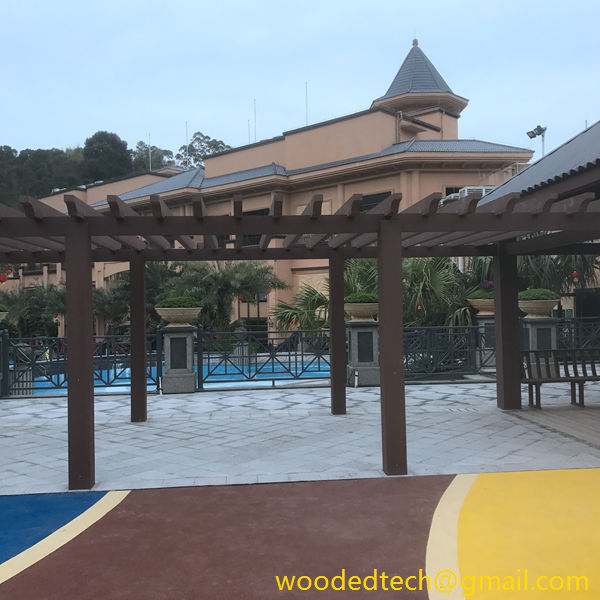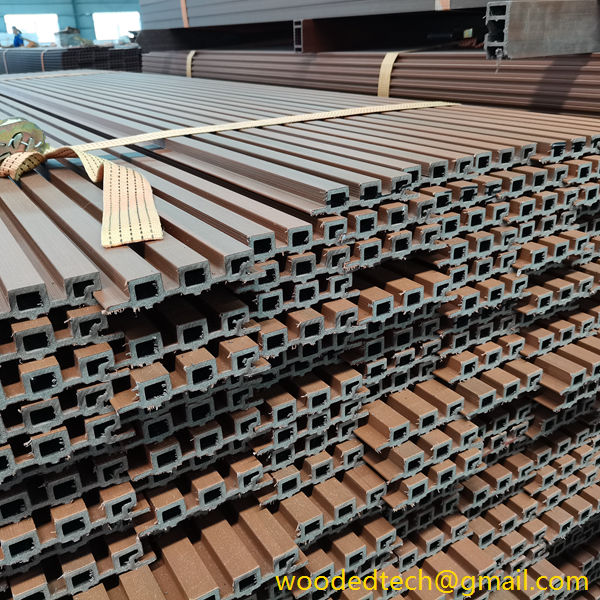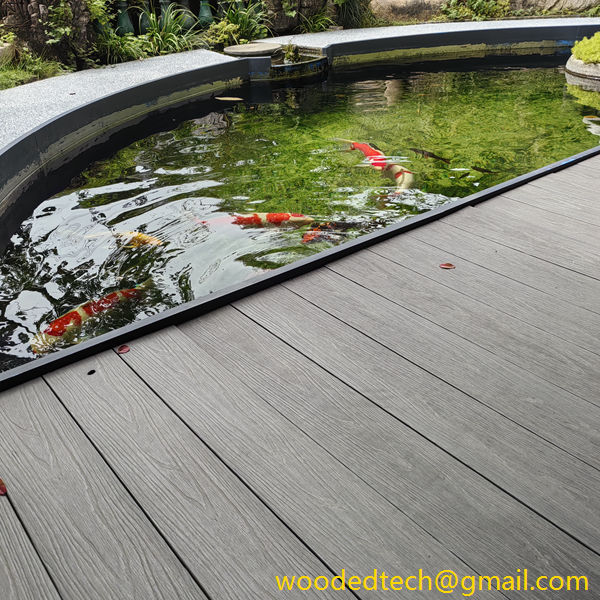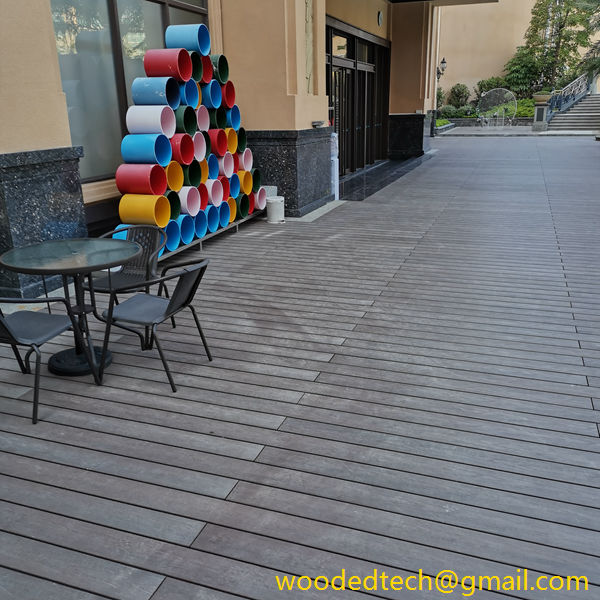WPC Wandpanelen Catalogus voor Diverse Ontwerpopties
WPC Wandpanelen Catalogus voor diverse ontwerpopties Op het gebied van moderne bouw en interieurontwerp heeft de evolutie van materialen de manier waarop ruimtes worden geconceptualiseerd en gerealiseerd aanzienlijk veranderd. Van deze innovatieve materialen is Wood Plastic Composite (WPC) een populaire keuze geworden, met name voor wandbekleding. WPC wandpanelen zijn...
WPC Wandpanelen Catalogus voor Diverse Ontwerpopties
In the realm of modern construction and interior design, the evolution of materials has significantly transformed the way spaces are conceptualized and realized. Among these innovative materials, Wood Plastic Composite (WPC) has emerged as a popular choice, particularly for wall paneling applications. WPC wall panels are a testament to the synergy between wood and plastic, offering a sustainable, durable, and aesthetically pleasing solution for a variety of design needs. This article explores the diverse design options available through WPC wall panels, illustrating their versatility and advantages in material production technology.
Wood Plastic Composite is a composite material made from a blend of wood fibers and thermoplastic polymers. The combination results in a product that retains the natural beauty of wood while benefiting from the durability and ease of maintenance associated with plastic. The production process involves the extrusion of these materials, which can then be molded into various shapes and finishes. This innovative material technology allows for a wide range of applications in both residential and commercial settings.
One of the most compelling attributes of WPC wall panels is their aesthetic versatility. They can mimic the appearance of traditional wood, stone, or even metal, making them suitable for various design styles, from rustic to contemporary. The surface finishes can be customized to achieve different textures, such as smooth, embossed, or even patterned, allowing designers to create unique visual effects that suit their specific themes.
WPC wall panels come in a plethora of color options, ranging from natural wood tones to vibrant hues. This diversity enables designers to match the panels with existing decor or to create bold statements in a space. The colors are typically achieved through pigment mixing during production, ensuring that they are consistent and long-lasting. Unlike traditional wood, which may fade or discolor over time, WPC panels maintain their color integrity, enhancing the longevity of the design.
Sustainability is a crucial consideration in today’s material production technology. WPC wall panels are often made from recycled materials, including reclaimed wood and post-consumer plastics. This not only reduces waste but also minimizes the demand for virgin resources. Additionally, the manufacturing process of WPC panels typically consumes less energy compared to traditional wood processing, aligning with environmentally friendly practices. By choosing WPC, designers and builders contribute to a more sustainable future while still achieving aesthetic and functional goals.
WPC wall panels are engineered for durability. They are resistant to moisture, rot, and insect infestations, which are common issues with traditional wood materials. This resilience makes WPC panels an ideal choice for high-humidity environments, such as bathrooms and kitchens, as well as exterior applications. Furthermore, the maintenance requirements for WPC are minimal. A simple wash with soap and water is usually sufficient to keep the panels looking fresh and new. This ease of maintenance contributes to their appeal among homeowners and commercial property owners alike.
The installation of WPC wall panels is designed to be user-friendly, allowing for quick and efficient application. The panels can be installed using various methods, including direct attachment to walls or through the use of a framing system. This flexibility allows for adaptations in design and layout, accommodating various architectural styles and preferences. The lightweight nature of WPC also means that transport and handling are simplified, reducing labor costs and installation time.
Another advantage of WPC wall panels is their ability to provide sound and thermal insulation. The composite nature of the material helps in dampening sound, making them suitable for applications in residential and commercial spaces where noise control is important. Additionally, WPC panels can contribute to energy efficiency by providing an extra layer of thermal insulation. This can help in reducing heating and cooling costs, making them a smart choice for eco-conscious consumers.
WPC wall panels can be tailored to meet specific design requirements, allowing for a high degree of customization. Manufacturers often offer the option to create bespoke panels in terms of size, shape, and finish. This level of personalization empowers designers to explore creative avenues that reflect individual tastes and preferences. From accent walls to full-panel installations, the possibilities are virtually limitless.
The WPC wall panel catalogue presents a diverse range of design options that cater to various aesthetic preferences and functional needs. From their sustainable production to their durability and ease of maintenance, WPC wall panels represent a significant advancement in material production technology. As architects, designers, and builders continue to seek innovative solutions for modern spaces, the versatility and appeal of WPC panels will undoubtedly play an increasingly vital role in shaping the future of interior and exterior design. By embracing WPC technology, stakeholders can create stunning environments that are not only beautiful but also sustainable and practical.

